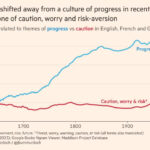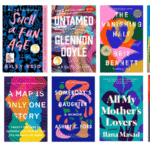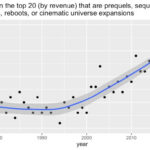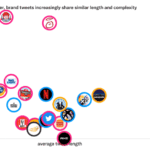Is our society increasingly rewarding conformity? Is AI accelerating this process, and is it simultaneously stripping work of deep meaning? After all, thanks to LLMs, many now define creativity as merely a probabilistic recombination of matrices derived from a training set.
Is science also contributing to this potential lack of deviation in culture, education, arts, architecture, and business? Here’s a take on it (not mine):
You can spot this scientific bland-ification right away when you read older scientific writing. As Roger’s Bacon points out, scientific papers used to have style. Now they all sound the same, and they’re all boring.
Maybe science is supposed to be boring? What happened to the style though?
For definitive answers to these questions, look elsewhere. For a compelling set of data (plus plenty of causal speculation) on many aspects of contemporary society and scientific style, check out this compilation and the essay here.
The greatest thinkers in science (and business) are often prolific authors. They write books, blogs, and copious emails to sharpen ideas. Richard Lewontin, E.O. Wilson, and Paul Graham are but three examples. Dorothy Hodgkin’s scientific correspondence and papers, stacked together, extend 25.85 meters in length. Great thinkers, in other words, write all the time.
Researchers are evaluated by simple measures of productivity or influence — number of papers published, citation count, and grant dollars. In such an environment, it has become exceedingly difficult for scientists to take stylistic risks in their academic writing or to devote significant amounts of time to other forms of creative writing.



